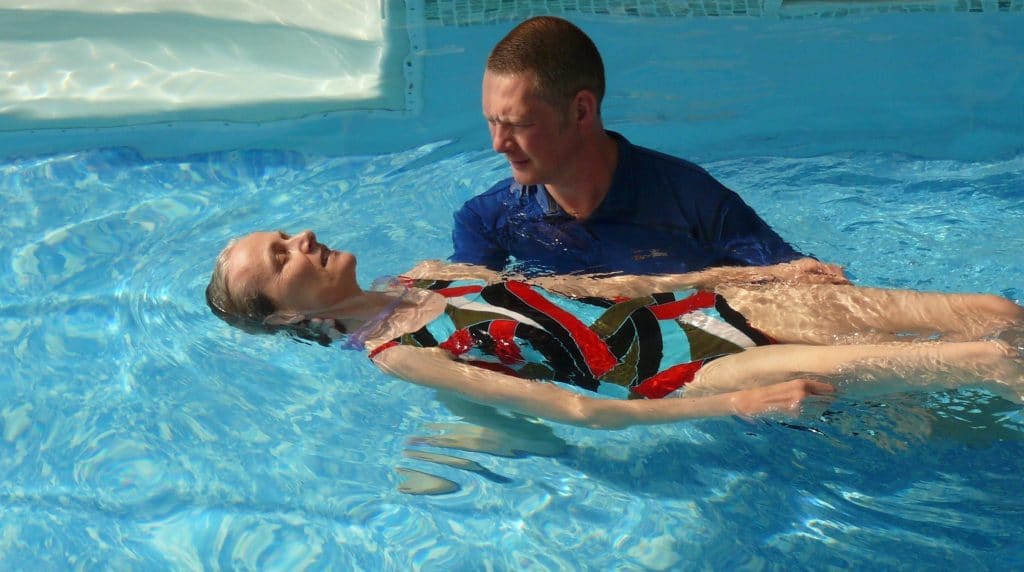“ It doesn’t make sense to advise anybody to do anything in water, without knowing what that person’s relationship with the water is like, and how that person swims.”
Swimming is frequently recommended by physiotherapists to people with any kind of injury. Particular strokes are encouraged for specific problems.
But it never makes sense to advise anybody to do anything in water, without knowing what that person’s relationship with the water is like, and how that person swims.
Swimming is more likely to cause or exacerbate injuries than people think. The water’s obvious advantages may be negated if you don’t know how to interact with it properly.
“My physio told me I shouldn’t do breaststroke…”
This may be good advice because most people who swim breaststroke aren’t doing themselves any favours, especially those who swim with the head out of the water.
But really the whole picture of you in the water needs to be seen before meaningful advice can be given. How are you getting your head out to breathe? How relaxed are your arms? How much force is in the preparation phase of your kick? How much tension is in your ankles? These are the things that influence the quality of your kick and bring about either strain or freedom in the hips and knees.
“My physio told me I should swim front crawl to keep my fitness up as I have an injured hamstring from running.”
Whether front crawl will be good for your hamstring injury depends on the way you swim and especially on what your head, neck and back relationship is like in the water.
If you tighten your neck, hold your head too high and arch your lower back, this makes your legs and hips tense. Your hamstrings need to be soft as they move backwards ready for the kick. Without being aware of this, heading for the pool with a hamstring injury won’t be a good plan. In other words, you may find yourself reproducing the harmful patterns of movement in water that caused your injury on dry land.
“My physio told me I should swim backstroke to open up my chest.”
Last week I worked with a lady with no feeling on one side of her body, after a serious stroke.
She wanted to show me her one arm backstroke, recommended for opening her chest, which is critically important for her.
She launched into this with a tense neck and no thought of letting the water support her head. This, much more than the paralysis of one side of her body, unbalanced her and took away control of her good arm coming out of the water. This wasn’t going to help her open her chest.
So I put my hands under her head, to encourage her to enjoy the support of the water, and this produced a symmetry in floating she’d thought impossible.
Next I asked her to let me take her good arm. I moved it slowly backwards and swished it forwards, keeping it under the surface, and she moved beautifully through the water. This did open her chest. She thought it amazing that she could move like this but what was needed for it to happen was blindingly simple.
Unless we’re able to focus on the relationship between head, neck and back, there’s always a risk that we’ll make things worse.


